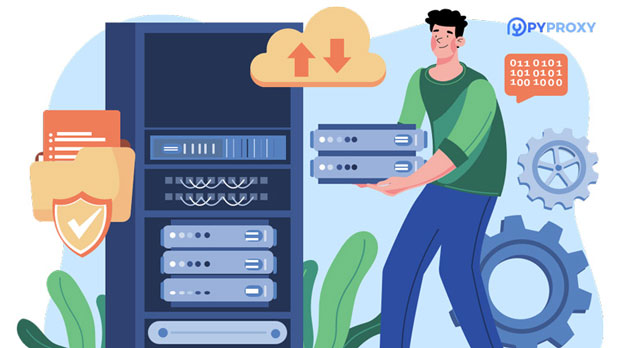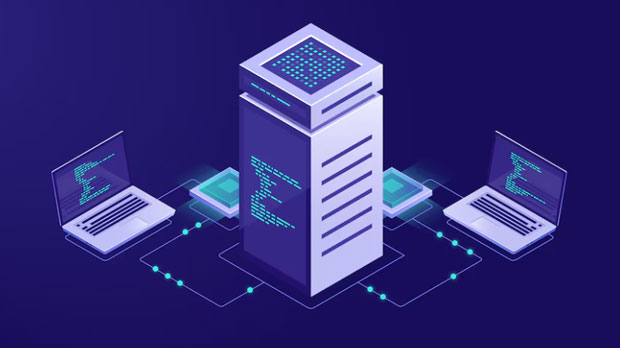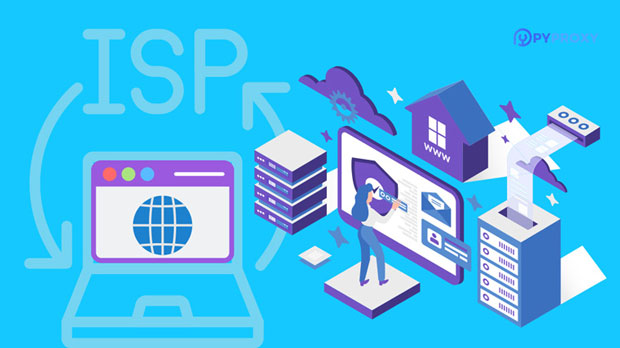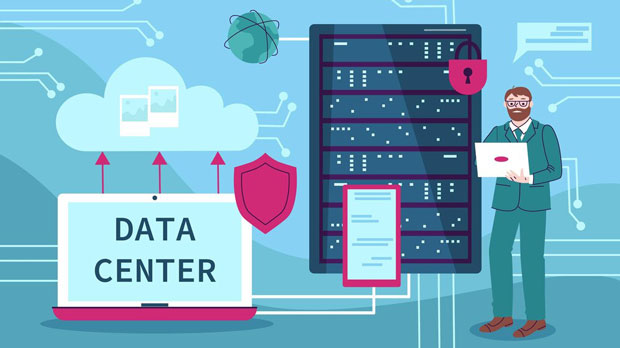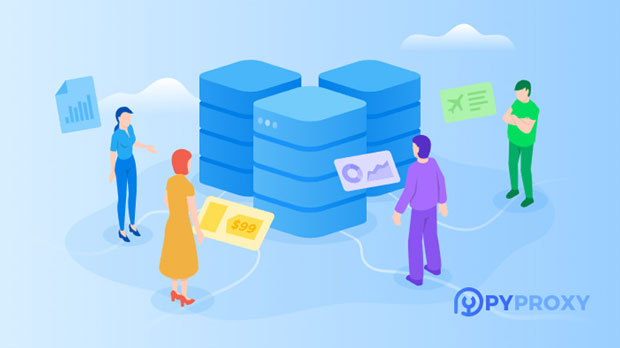Wireless networks are becoming increasingly important in today’s digital world, as they allow users to access the internet from virtually anywhere. However, the challenge of maintaining low latency and ensuring stable connectivity often arises. The use of proxy servers, particularly PYPROXY, has gained attention due to its potential to improve the performance of wireless networks. PyProxy proxy server is designed to enhance privacy, improve speed, and reduce latency when navigating the web. In this article, we will explore how the PyProxy proxy server impacts latency and stability in wireless networks, examining its advantages, limitations, and practical implications for users who rely on wireless internet connections. Understanding Latency in Wireless NetworksLatency, often referred to as the delay in the transmission of data, is a crucial factor in the performance of any network. In wireless networks, latency can be influenced by various factors such as signal strength, interference, and the distance between the device and the access point. When using PyProxy proxy server in wireless networks, latency is an important aspect to consider as it determines the time taken for data to travel from the source to the destination.PyProxy proxy servers are typically designed to optimize network performance by acting as intermediaries between the user and the internet. By routing traffic through the proxy server, users may experience different levels of latency compared to direct connections. The server’s geographical location, processing power, and the number of users it serves can all impact latency. Understanding how PyProxy affects latency is key to evaluating its effectiveness in wireless environments.Factors Affecting Latency in PyProxy Proxy ServerThere are several factors that influence latency when using a PyProxy proxy server over a wireless network:1. Geographical Distance: The farther the PyProxy server is from the user’s location, the higher the latency will likely be. This is due to the increased time it takes for data to travel to and from the server. When using a wireless network, the added distance from both the server and the access point can further increase latency.2. Server Load: The number of users connected to the PyProxy server can also affect latency. High server load, with many users simultaneously sending requests, may result in increased processing time and delays in data transmission.3. Connection Quality: Wireless networks are known for their variable connection quality, which can lead to fluctuations in latency. Interference from physical obstacles, network congestion, and the use of low-bandwidth frequencies can all contribute to higher latency levels. PyProxy, while designed to improve network performance, cannot fully eliminate these inherent issues of wireless networks.4. Encryption Overhead: Some proxy servers, including PyProxy, offer encryption services to secure user data. While this enhances privacy, the encryption process adds extra overhead, which can increase latency. In wireless networks, this can be more noticeable due to potential signal degradation and bandwidth limitations.Stability of PyProxy Proxy Server in Wireless NetworksStability in a wireless network refers to the consistency and reliability of the connection over time. In an ideal wireless environment, users expect a smooth and uninterrupted experience. However, various factors—such as environmental interference, signal strength, and network congestion—can undermine network stability. When incorporating a PyProxy proxy server into the equation, stability can be impacted in both positive and negative ways.Positive Impact on Stability1. Traffic Management: One of the key benefits of using a proxy server like PyProxy is its ability to manage and optimize network traffic. By rerouting requests through the proxy, it can help alleviate congestion on the primary connection and distribute traffic more evenly across the network. This can lead to improved stability, especially in environments with high traffic or multiple connected devices.2. Caching: PyProxy servers can cache frequently accessed content, reducing the need for repeated requests to the same resources. This caching mechanism not only speeds up access to websites but also improves stability by reducing the load on the server and minimizing the risk of congestion.3. Reducing Packet Loss: In wireless networks, packet loss is a common issue due to interference or weak signal strength. By using a proxy server, PyProxy can sometimes help mitigate packet loss by providing more reliable routing and error correction mechanisms.Negative Impact on Stability1. Increased Dependency on the Proxy Server: One of the downsides of using a proxy server like PyProxy is the reliance on the server’s availability. If the proxy server experiences downtime or high load, it could disrupt the entire network connection, making it less stable. This issue is particularly concerning in wireless networks, where signal fluctuations and other issues can already lead to instability.2. Overhead and Latency: While PyProxy can improve network speed by caching content and routing traffic efficiently, it can also introduce additional overhead, which may decrease overall stability. The more complex the proxy server's operations, the more resources are consumed, which can result in instability if the network infrastructure is not equipped to handle it.3. Interference from Wireless Environment: Wireless networks are more susceptible to interference from external factors such as other devices, physical barriers, and environmental conditions. PyProxy does not directly address these challenges, so the inherent instability of wireless connections may still affect performance, even if the proxy server is functioning well.Real-World Scenarios: PyProxy’s Performance in Wireless NetworksIn practical terms, the effectiveness of the PyProxy proxy server in wireless networks depends on various factors, including the type of wireless network, the geographical location of the user, and the specific use case. For example, in a high-traffic area with many connected devices, PyProxy’s ability to manage traffic and cache content can significantly improve both latency and stability. However, in remote areas with weak signal strength or interference, the benefits of using a proxy server may be diminished.Conclusion: Is PyProxy Worth It for Wireless Networks?In conclusion, using a PyProxy proxy server in wireless networks can provide benefits in terms of reducing latency and improving stability, but these advantages come with certain trade-offs. The impact of geographical distance, server load, and encryption overhead must be carefully considered. Additionally, the inherent instability of wireless networks, such as interference and signal strength issues, can still affect performance even when using a proxy server.Ultimately, PyProxy can be a valuable tool for users seeking to improve their wireless network experience, particularly in environments with high traffic or where privacy is a concern. However, it is important to evaluate the specific conditions of the network and the goals of the user to determine whether the use of a proxy server is the best solution for optimizing latency and stability.
Oct 27, 2025
























































